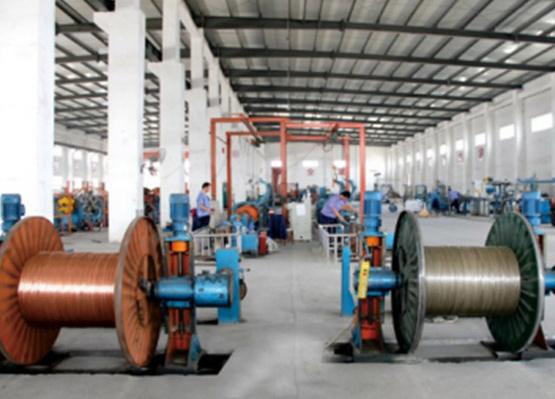9 月 . 29, 2024 01:14 Back to list
Durable Stainless Steel Ball Check Valve for Efficient Backflow Prevention
Stainless Steel Ball Check Valve A Comprehensive Overview
The stainless steel ball check valve is an essential component widely utilized in various industries, including water treatment, oil and gas, food processing, and pharmaceuticals. This type of check valve is designed to prevent backflow in pipelines, ensuring unidirectional fluid flow, thereby enhancing system efficiency and safety.
Design and Functionality
The primary feature of the stainless steel ball check valve is its simplicity in design. It comprises a body, a ball, and a seat. When fluid flows through the valve in the intended direction, the ball is lifted off the seat, allowing the fluid to pass through. However, if there is a reversal in flow, the ball is forced back onto the seat, sealing the valve and preventing backflow. This mechanism not only protects equipment downstream but also helps maintain system pressure.
Stainless steel is the material of choice for these valves due to its excellent corrosion resistance, durability, and strength. Common grades used in manufacturing stainless steel check valves include 304 and 316, each offering specific benefits. Grade 304 is suitable for general applications, while grade 316 provides enhanced resistance to chloride environments, making it ideal for marine and chemical applications.
Advantages of Stainless Steel Ball Check Valves
2. Durability Stainless steel check valves are built to withstand high pressures and temperatures, making them suitable for demanding applications without compromising performance.
stainless steel ball check valve

3. Low Pressure Loss The streamlined design of the ball check valve allows for minimal pressure drop during fluid flow, optimizing system efficiency.
4. Self-cleaning The design of the ball check valve helps prevent debris accumulation, providing a self-cleaning effect that reduces the risk of clogging.
5. Versatile Applications These valves can be used in a variety of settings, from residential plumbing to large-scale industrial systems, highlighting their versatility.
Installation and Maintenance
Proper installation of stainless steel ball check valves is crucial to ensure optimal performance. These valves can be installed in horizontal or vertical positions, but specific attention should be paid to the orientation in which they are installed. Always ensure the valve is positioned to allow for the intended flow direction and check that all connections are tight to prevent leaks.
In terms of maintenance, regular inspections are necessary to ensure the valve is functioning correctly. Over time, wear and tear can affect the sealing capability of the ball and seat. If backflow is detected or if the valve becomes difficult to operate, it may be an indication that maintenance or replacement is needed.
Conclusion
In summary, the stainless steel ball check valve is a crucial element in maintaining the integrity of fluid systems across various industries. Its robust design, combined with the material properties of stainless steel, ensures longevity and reliability, making it a preferred choice for many applications. Understanding the functionality, advantages, and necessary maintenance procedures associated with these valves can help engineers and operators optimize their systems and avoid potential failures. Whether in a simple plumbing application or a complex industrial setup, stainless steel ball check valves play an indispensable role in efficient fluid management.
Share
-
Understanding the Differences Between Wafer Type Butterfly Valve and Lugged Butterfly ValveNewsOct.25,2024
-
The Efficiency of Wafer Type Butterfly Valve and Lugged Butterfly ValveNewsOct.25,2024
-
The Ultimate Guide to Industrial Swing Check Valve: Performance, Installation, and MaintenanceNewsOct.25,2024
-
Superior Performance with Industrial Swing Check Valve: The Essential Valve for Any SystemNewsOct.25,2024
-
Industrial Swing Check Valve: The Ideal Solution for Flow ControlNewsOct.25,2024
-
You Need to Know About Industrial Swing Check Valve: Functionality, Scope, and PerformanceNewsOct.25,2024